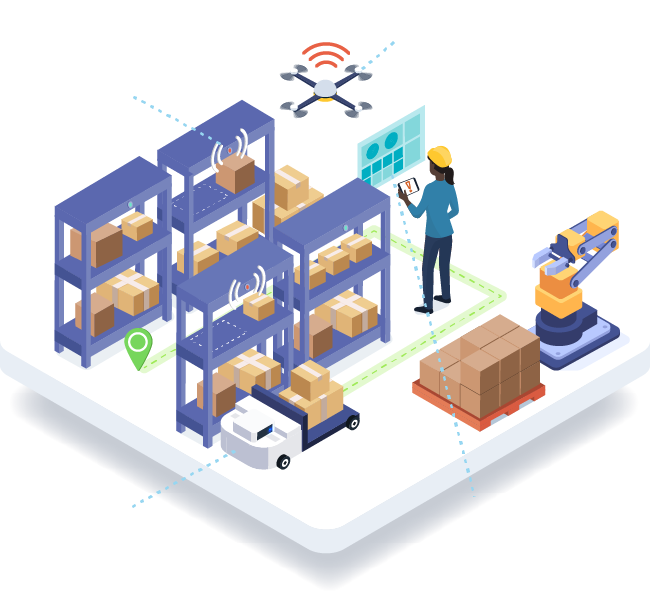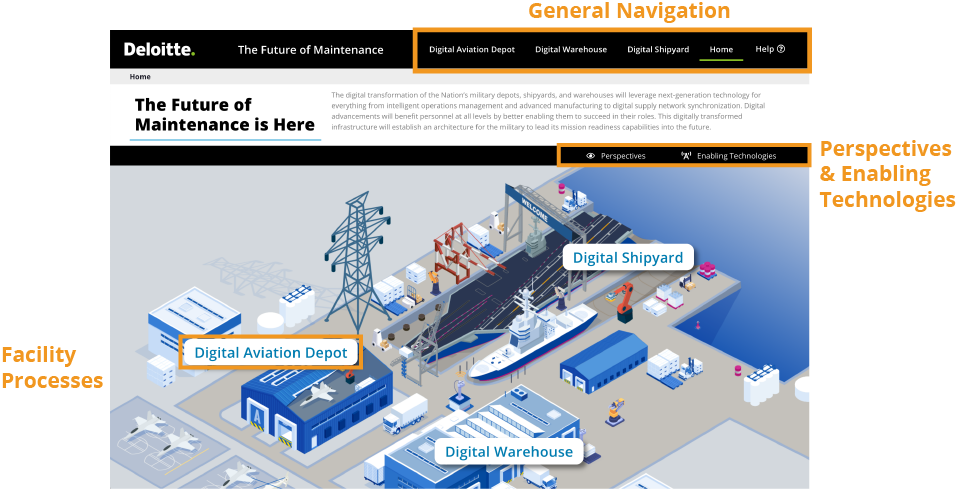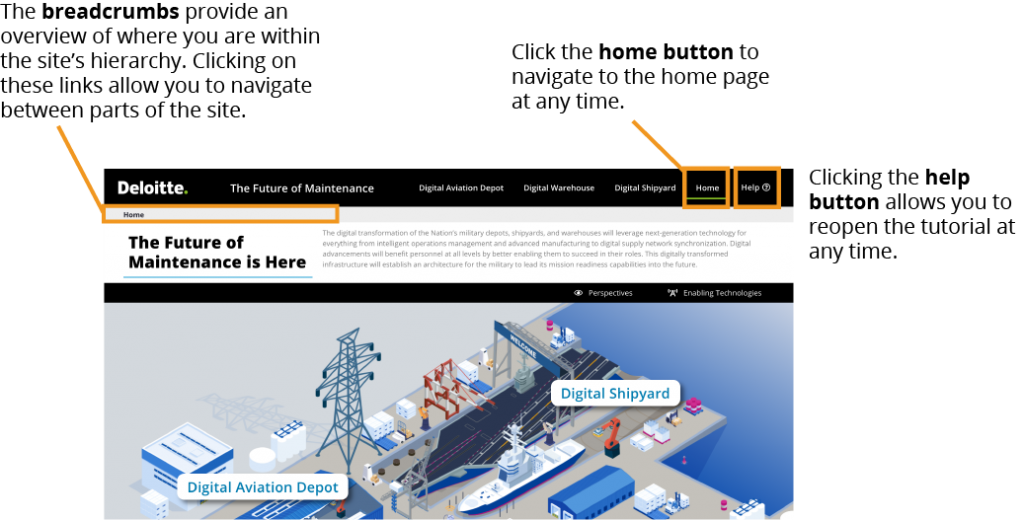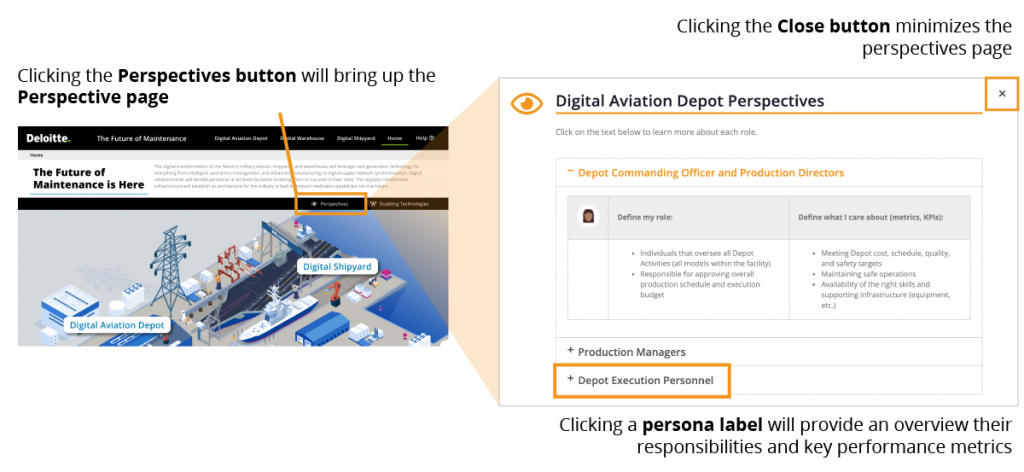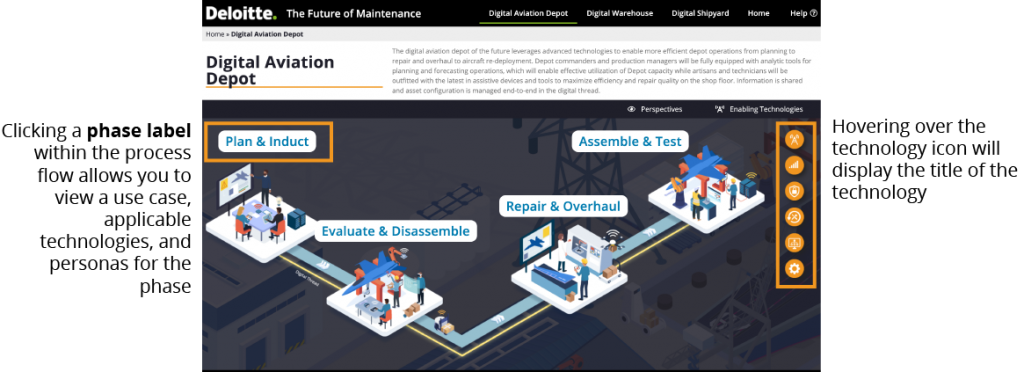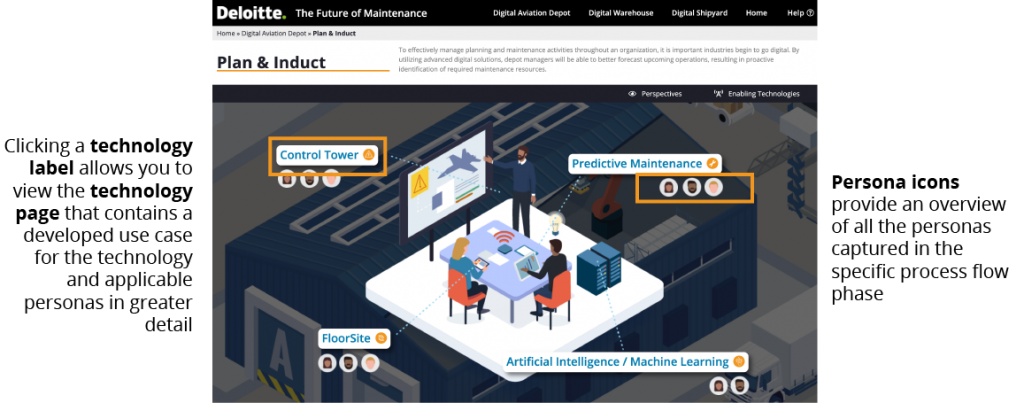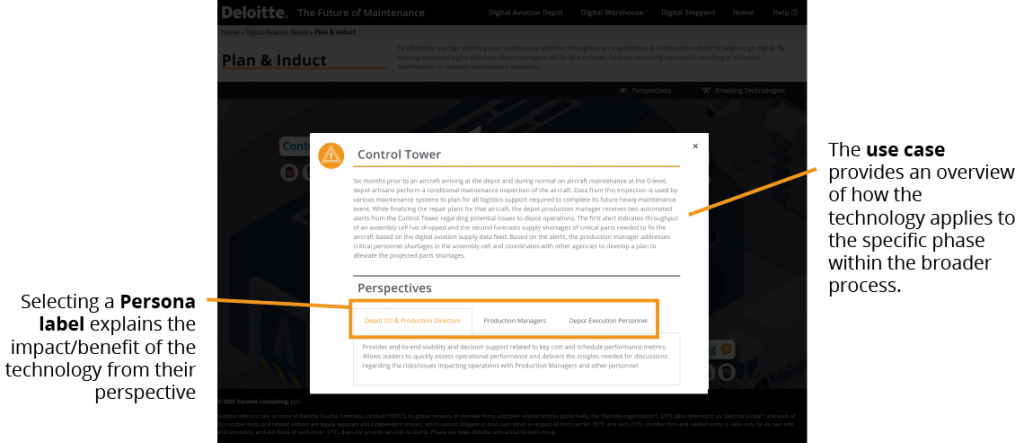Inventory Management
Many warehouse inventory management processes can be automated; by utilizing a combination of drones and other robotic equipment, it’s possible to reduce the amount of human labor required for internal processes. Put away, replenishment, and inventory processes can all be assisted with machines that are tied into GPS and machine learning systems. Implementing such systems reduces movement errors, eliminates bottlenecks, and improves productivity and inventory visibility.
